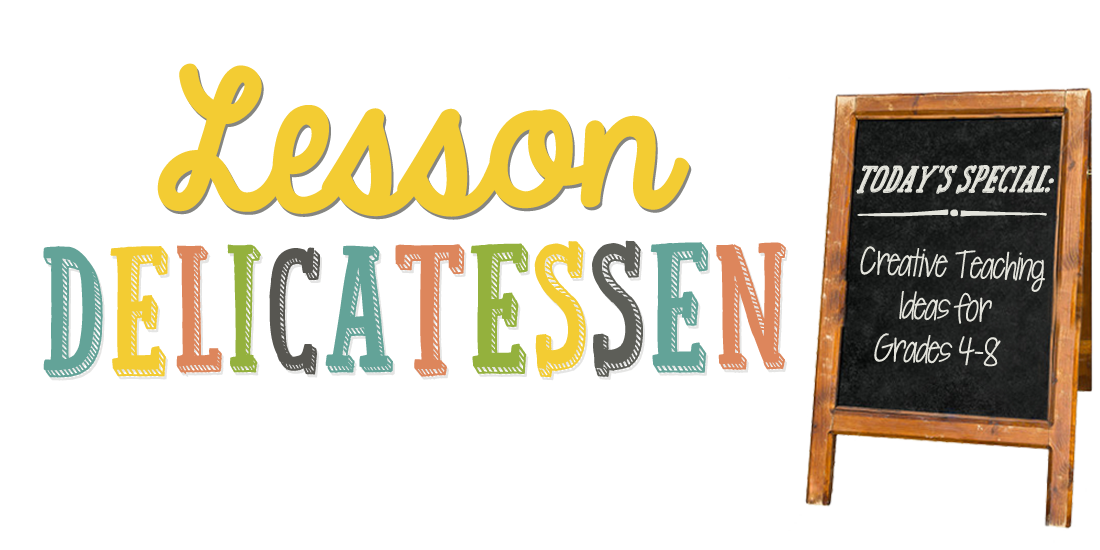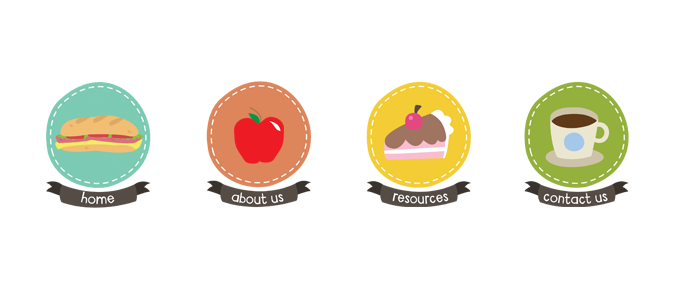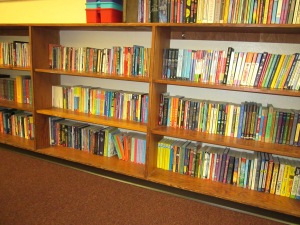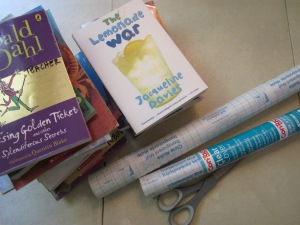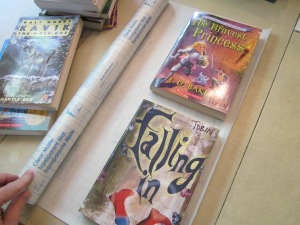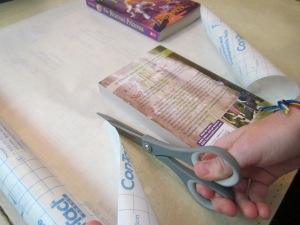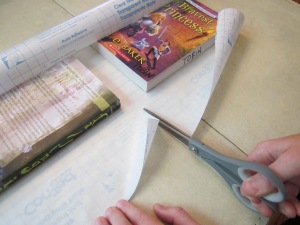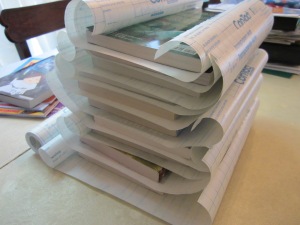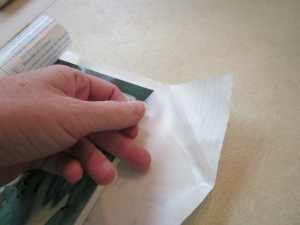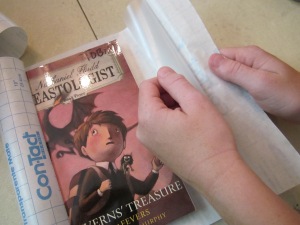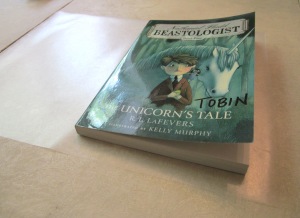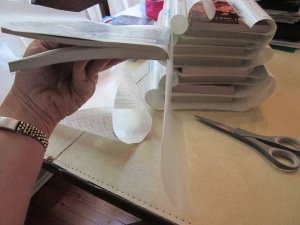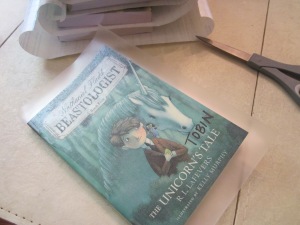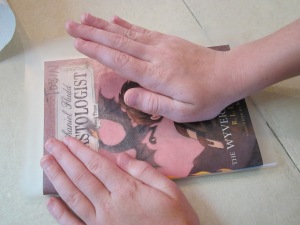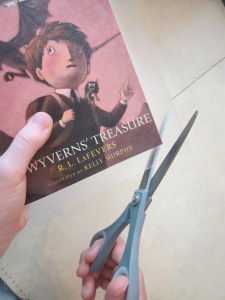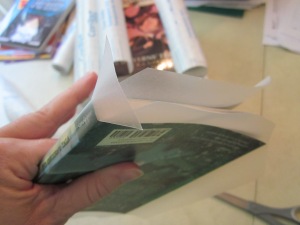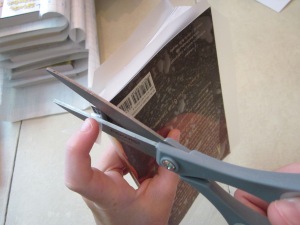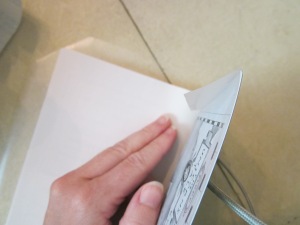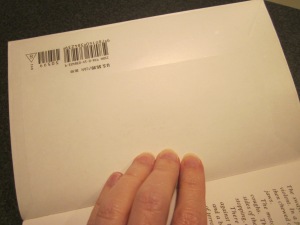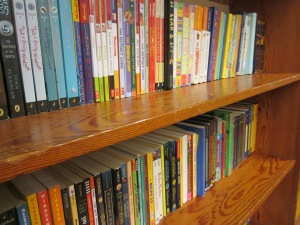With the upcoming TeachersPayTeachers one day sale on Wednesday 8/20 (my birthday!), I have been thinking and adding to my TPT wishlist. I bought a few items at the last sale, but I know this will be the last big sale for a while so I want to grab everything now!
Last year
was my first year back in the classroom after teaching middle school online for
6 years. I gave all of my elementary
items away during that time period, so I basically have started over from
scratch. I reflected on what went well
last year, as well as, well, let’s just say what could have gone better….
After a lot
of research, I found a few products that I think will really help me be very
structured this year. The group we have
coming in needs the structure, and honestly, with 8th and 4th
graders of my own, I need the structure!
1. Spiral
Math Homework – Our grade level has a lot – A LOT – of below grade level
students in math. One thing I noticed
last year was that kids were very weak in number sense, and just didn’t retain
the skills they learned. This product, Spiral Math Homework, will really help
with that problem. It is editable, so
you can change the problems to fit your students. Students are given 10 math problems each
night in different skill areas, so they are constantly reviewing all math
skills. I also like that kids get Monday
– Thursday’s homework on one page. That
helps the busy kids plan out their homework in advance. This is available for different grade levels.
2. Picture
Thesaurus Bundle – Honestly, these are awesome. Truly awesome. I would have a picture of how they look in my
classroom, but I was told I have to wait before I can laminate more itemsL
These are going to really help liven up the writing area. The words are available separately, but I
feel they are most effective when you have multiple cards. The author took synonyms for “overused” words
and grouped them with an illustration that fits their meaning. No more randomly selecting a synonym that
doesn’t make sense! Very eye appealing product.
3. Interactive Writing Notebook - I am also very excited to use this year-long writing
curriculum. Our school has not had a
very strong writing program, and that is our school goal this year. I know the teacher that developed this
curriculum, and almost every one of her students scored in the top writing level
last year. She has organized and created
these for multiple grade levels.
4. 9 Fiction & Nonfiction Craftivity Book Report Projects &
Interactive Notebook Bundle – I have to say, of all the things I created for my classroom this
summer, I am most excited about this.
Last year I attempted to teach the reading application skills using
another teacher’s method, and it bombed.
My kids scored terribly – not because it was a bad strategy, but rather
it just wasn’t my style. I like “crafty.” I know many upper grade teachers don’t, but
honestly give me an art project and I will do just about anything you want with
it!
I was inspired to make craftivity projects, which you see more frequently
for primary grades. These craftivities
involve higher content though. For
example, the banana split teaches and reinforces the elements of fiction, while
the popcorn box teaches theme and conflict.
There are 9 total fiction and nonfiction projects that can be used as a
spiral curriculum throughout the year or as separate items. I created an interactive notebook that
coordinates with these lessons, and that is also included in the bundle.
I am feeling very positive about these projects, because my upcoming 4th
grader actually asked me to do the projects over the summer. Now I love my son, but he would normally
rather pull his eyeteeth out than read a book.
I warned him he had to read a book to make the project, and his response
was “okay.” Success!
What is your must have product for your classroom?
Amy Mezni
